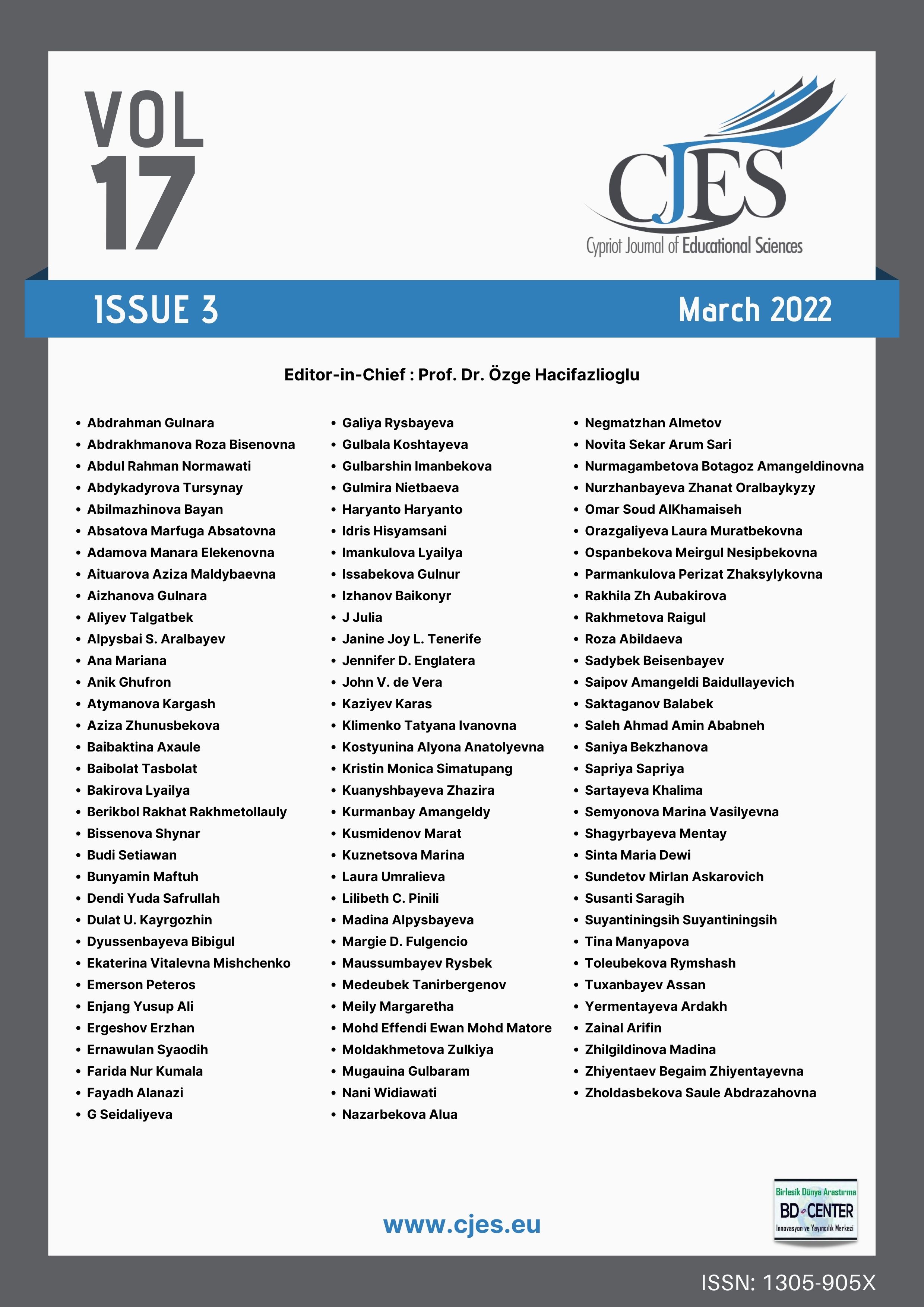Methods of forming physical concepts for primary school students
Main Article Content
Abstract
Improving the education quality, its compliance with modern requirements is closely related to the assimilation of scientific concepts by schoolchildren, which is one of the most important components of the scientific knowledge element. The article aims to present a methodology for the students’ formation of physical concepts. The stages of mastering the concepts are also shown in the article. The results of a pedagogical experiment reflecting the effectiveness of the proposed methodology are presented. The effectiveness of the proposed methodology was tested in a pedagogical experiment. The pedagogical experiment was conducted at 3 schools in Kazakhstan, control classes of 60 students and experimental classes of 56 students were taken for the pedagogical experiment from the 10th grade. A total of 116 students took part in the pedagogical experiment. The results of the study evinced that students’ high-level knowledge is determined by the level of assimilation of physical concepts, an important component of the physical knowledge elements.
Keywords: mastering concepts; physics; physical concepts
Downloads
Article Details

This work is licensed under a Creative Commons Attribution 4.0 International License.
Cypriot Journal of Educational Sciences is an Open Access Journal. The copyright holder is the author/s. Licensee Birlesik Dunya Yenilik Arastirma ve Yayincilik Merkezi, North Nicosia, Cyprus. All articles can be downloaded free of charge. Articles published in the Journal are Open-Access articles distributed under a CC-BY license [Attribution 4.0 International (CC BY 4.0)].
Birlesik Dunya Yenilik Arastirma ve Yayincilik Merkezi (BD-Center)is a gold open-access publisher. At the point of publication, all articles from our portfolio of journals are immediately and permanently accessible online free of charge. BD-Center articles are published under the CC-BY license [Attribution 4.0 International (CC BY 4.0)], which permits unrestricted use, distribution, and reproduction in any medium, provided the original authors and the source are credited.

